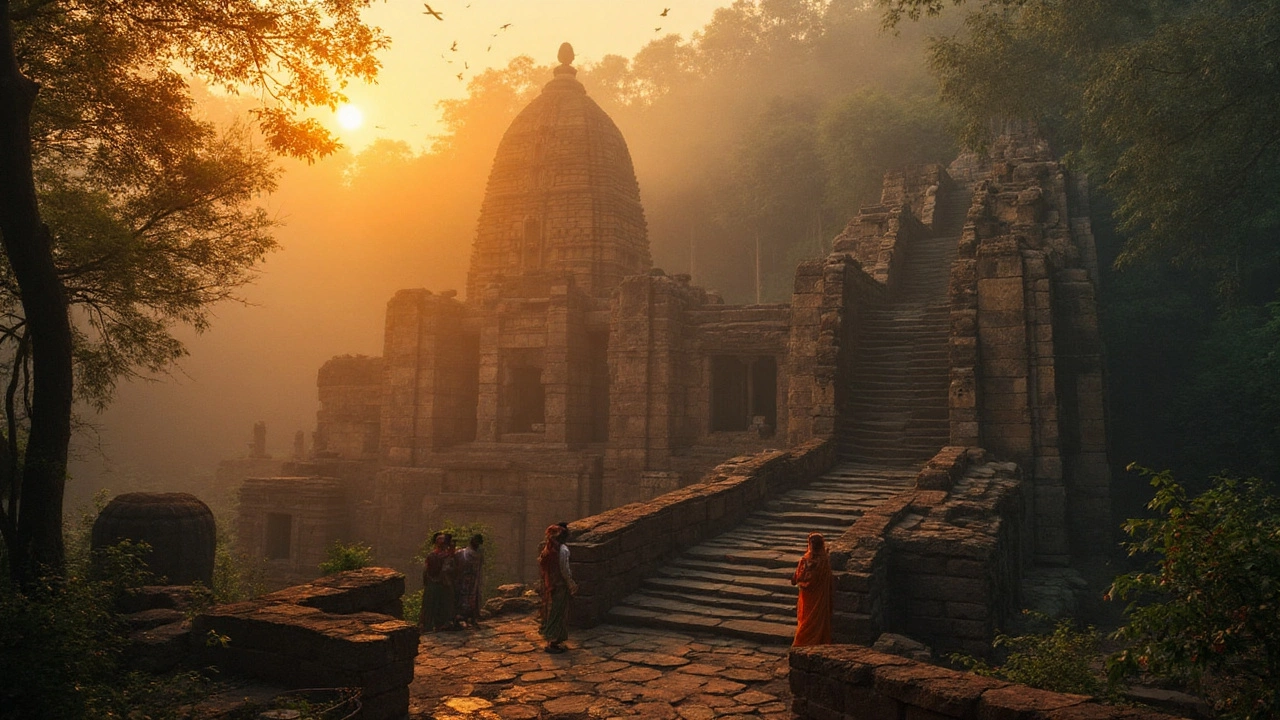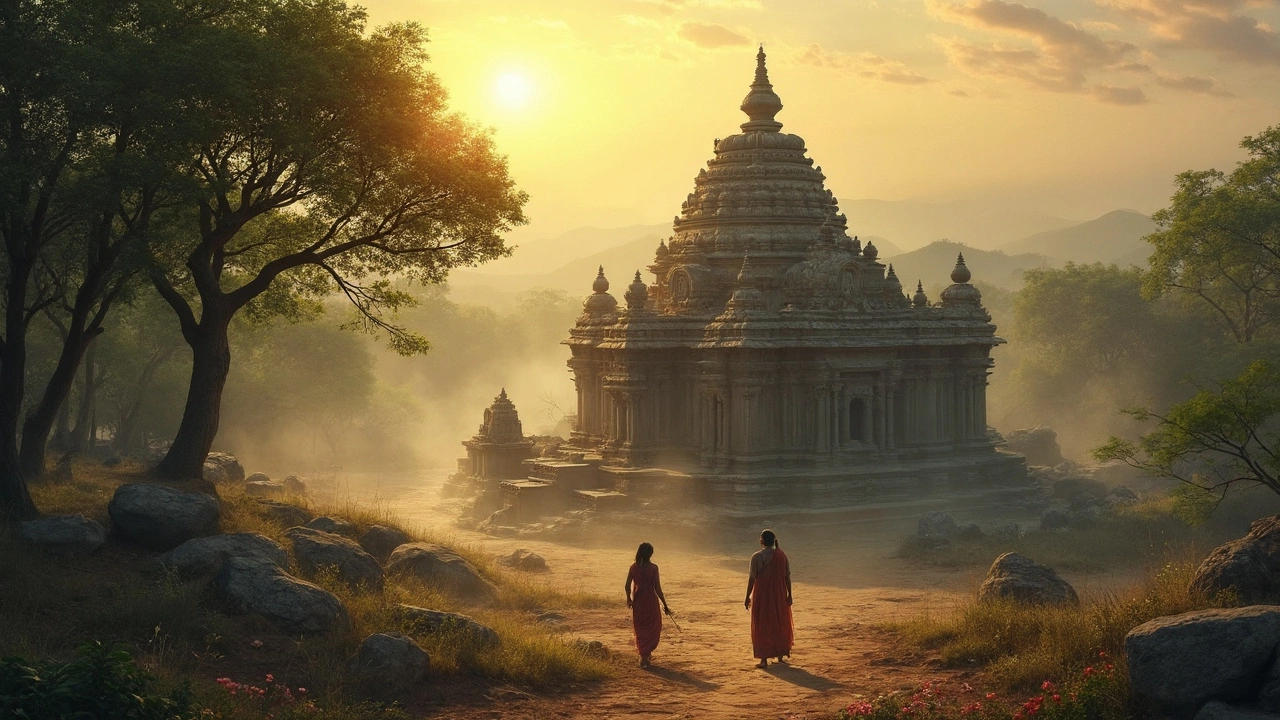Ancient Indian Temples: Discover India’s Oldest Sacred Sites and Their Stories
When you think of ancient Indian temples, sacred structures built over a thousand years ago that still draw millions of pilgrims and tourists today. Also known as Hindu temple architecture, these buildings are more than stone and mortar—they’re living expressions of faith, astronomy, and art. Unlike modern buildings designed for function alone, these temples were planned with precise geometry, aligned to stars and seasons, and carved by hand to tell stories of gods, kings, and cosmic order. You won’t find them just in one state—they stretch from the rocky hills of Tamil Nadu to the rivers of Uttar Pradesh, each with its own style, legend, and rhythm of worship.
These temples don’t exist in isolation. They’re tied to Hinduism, a religion without a single founder that evolved over thousands of years through rituals, texts, and local traditions, which means every temple reflects a different regional interpretation of the divine. Some honor Shiva as a lingam rising from the earth; others celebrate Vishnu’s many avatars in intricate carvings. Then there’s the Kumbh Mela, the world’s largest religious gathering, where millions bathe at temple-linked river confluences every 12 years. It’s not just a festival—it’s proof that these ancient sites still pulse with life. Even today, you’ll find priests chanting mantras in the same Sanskrit used 1,500 years ago, and artisans repairing stone with tools unchanged since the Gupta Empire.
What makes these temples so powerful isn’t just their age. It’s how they blend the spiritual with the practical. The towering gopurams of South India weren’t just for show—they helped travelers spot the temple from miles away. The stepped water tanks? Designed for ritual cleansing and monsoon drainage. The dance halls? Used for storytelling through movement, long before cinema existed. And while some temples sit deep in forests or on mountain ridges, others sit right in the middle of bustling cities like Varanasi and Madurai, quietly holding space between traffic and prayer.
You’ll find that the posts below don’t just list these temples—they show you why they matter. From the most beautiful ones to visit, to how they connect to India’s 42 UNESCO sites, to how festivals like the Kumbh Mela turn these places into cities of faith overnight. Whether you’re planning a quiet pilgrimage or a cultural road trip, these stories will help you see beyond the photos. These aren’t ruins. They’re active, breathing parts of India’s soul—and you’re invited to walk through them.
Mundeshwari Temple: India’s 5,000‑Year‑Old Sacred Site
Discover why Mundeshwari Temple in Bihar is hailed as a 5,000‑year‑old marvel, its history, architecture, myths, and how it compares to other ancient Indian shrines.
Read moreWhich Temple Is 20,000 Years Old in India? Mysteries, Myths, and Hard Facts
Ever heard about India's so-called 20,000-year-old temple? There's a lot of mystery, myth, and debate around legends like the Sandhyavalli Temple in Tamil Nadu. This article digs into what’s fact and what’s fiction about ancient Indian temples, how historians date these sites, and which temples really are the oldest confirmed by evidence. Plus, you'll find practical tips for visiting prehistoric temple sites and why some stories tend to stick, even without solid proof.
Read more
